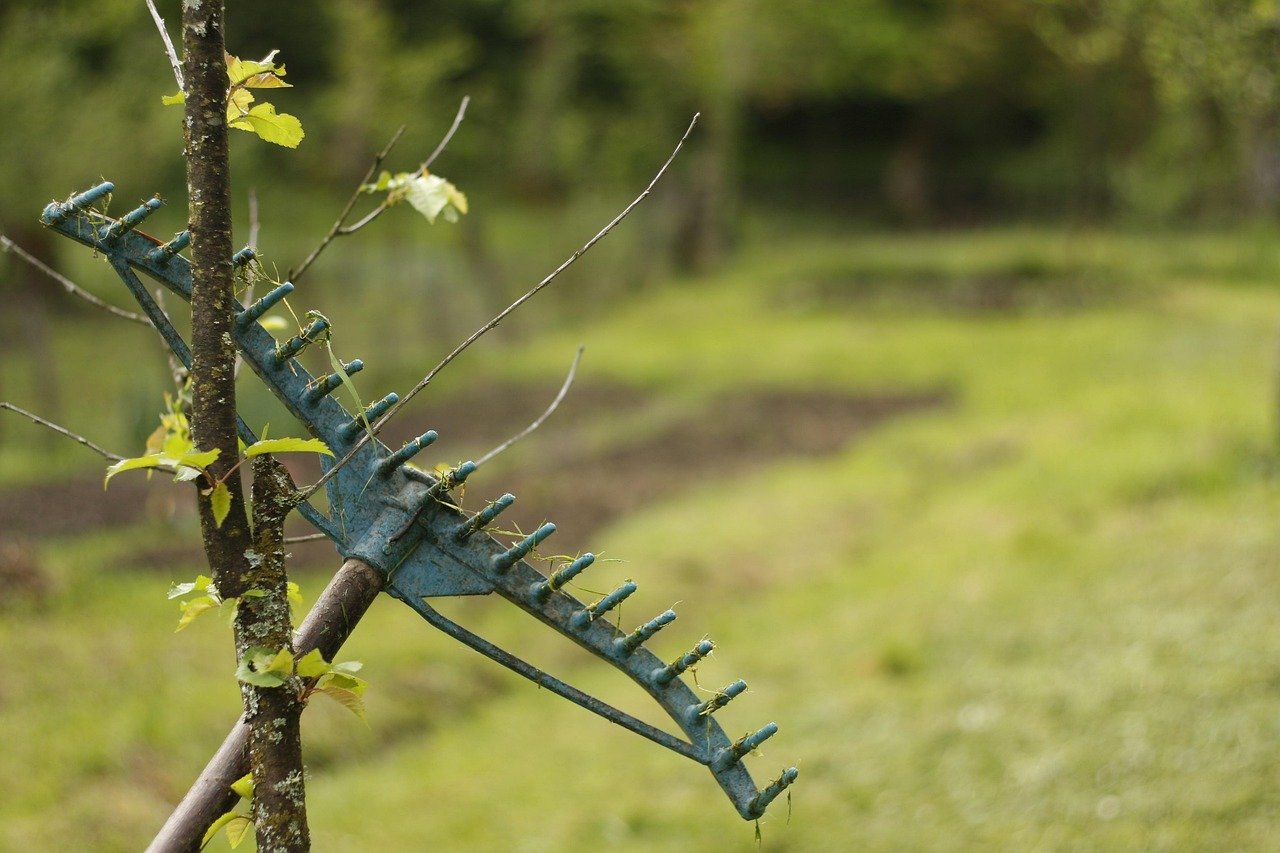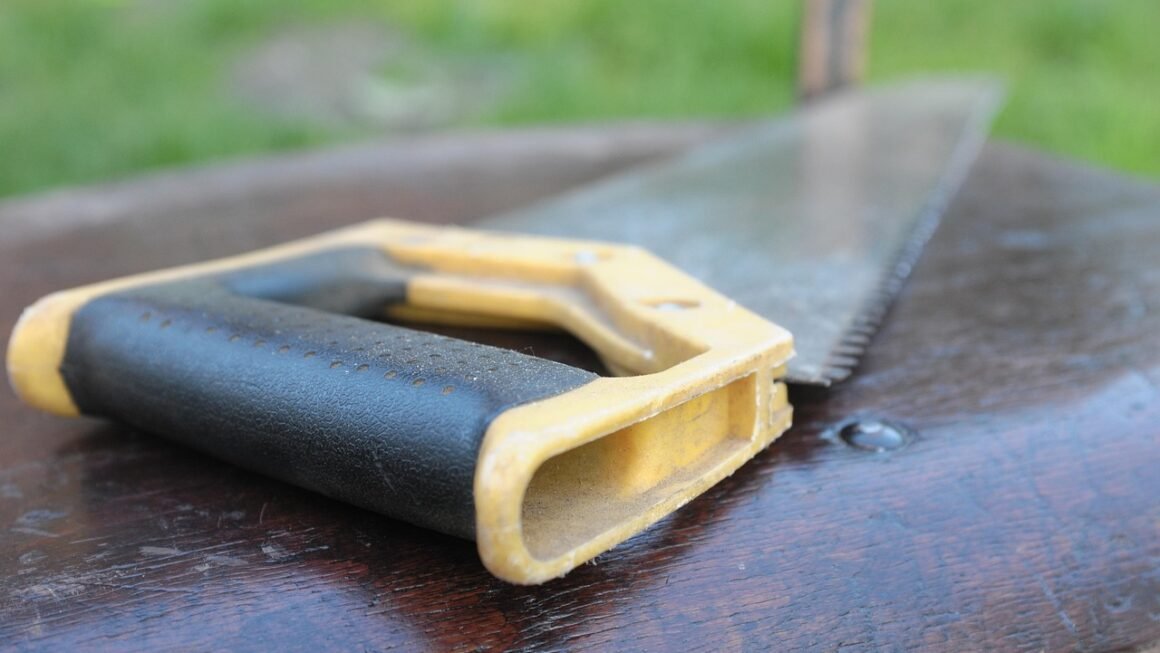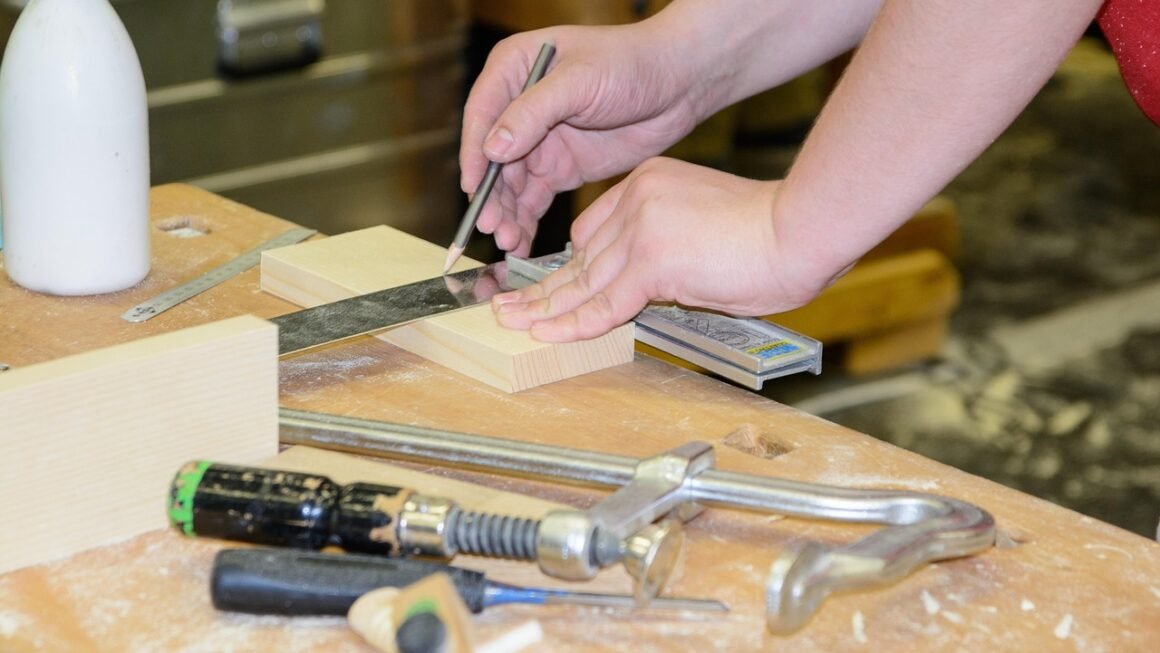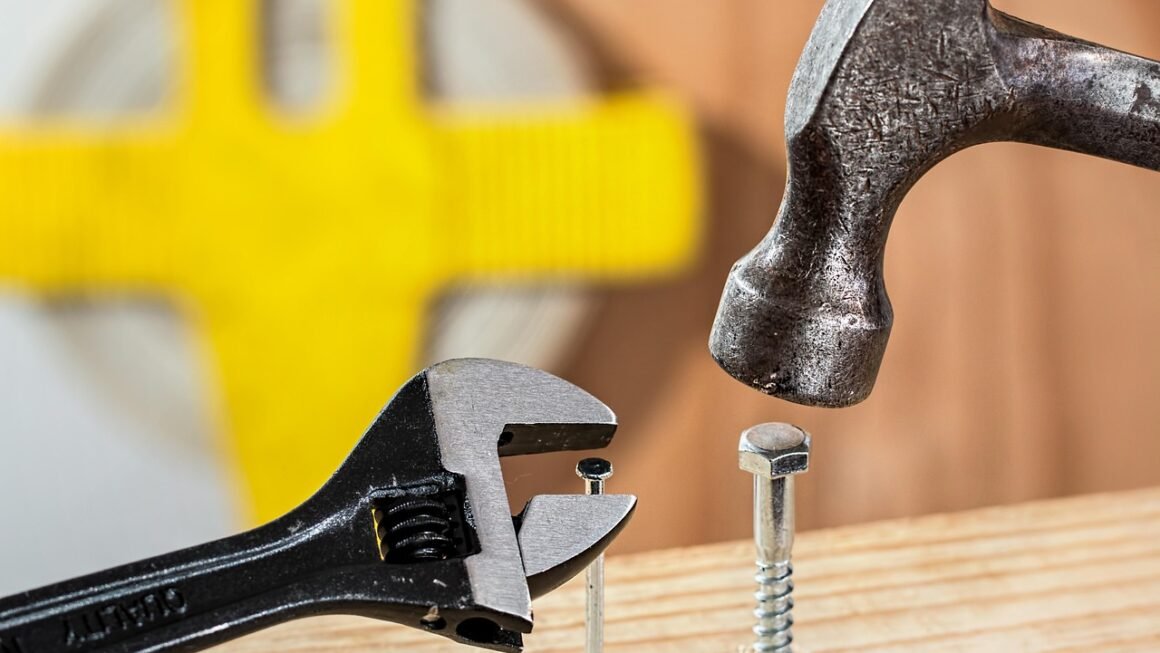Secateurs, also known as pruning shears, are an essential tool for any gardener, from the casual weekend enthusiast to the seasoned professional. These hand-held clippers make quick work of trimming shrubs, deadheading flowers, and shaping plants, contributing to healthier growth and more aesthetically pleasing gardens. Choosing the right pair of secateurs can significantly improve your gardening experience, making tasks easier and more efficient. This guide will delve into the different types of secateurs, their uses, how to choose the right pair, and tips for maintenance to ensure they last for years to come.
Understanding Different Types of Secateurs
Anvil Secateurs
Anvil secateurs feature a single, sharp blade that closes onto a flat, broad surface – the “anvil.” This design is excellent for cutting through thicker, dead wood.
- How They Work: The blade crushes the stem against the anvil, providing leverage for tougher cuts.
- Best Uses:
Cutting dead or dry wood.
Branches up to approximately 2cm (¾ inch) in diameter, depending on the model.
- Pros:
Require less force to cut through thick branches.
Ideal for users with limited hand strength.
- Cons:
Can crush stems, potentially damaging live plant tissue.
Not suitable for precision pruning.
Bypass Secateurs
Bypass secateurs operate much like scissors, with two curved blades that pass each other to make a clean cut. They are generally preferred for pruning live growth.
- How They Work: The blades slice past each other, providing a clean cut that minimizes damage to the plant.
- Best Uses:
Pruning live stems and branches.
Deadheading flowers.
General garden maintenance.
- Pros:
Provide cleaner cuts, promoting healthy growth.
Versatile for a variety of pruning tasks.
- Cons:
May require more force to cut through thicker branches compared to anvil secateurs.
Can become misaligned over time, requiring adjustment.
Ratchet Secateurs
Ratchet secateurs are designed for users who struggle with hand strength. They work by cutting in stages, requiring multiple squeezes of the handle to complete a cut.
- How They Work: The ratchet mechanism locks the blade at each squeeze, allowing you to gradually cut through thicker stems.
- Best Uses:
Cutting thick branches for those with arthritis or limited hand strength.
Gardeners who need assistance with tougher pruning tasks.
- Pros:
Reduce strain on hands and wrists.
Make cutting through thick branches easier.
- Cons:
Can be slower than other types of secateurs.
* May not be suitable for delicate pruning.
Choosing the Right Secateurs for Your Needs
Consider Your Gardening Tasks
Think about the type of pruning you’ll be doing most often. If you primarily work with live plants and delicate stems, bypass secateurs are your best bet. For tougher, dead wood, anvil secateurs are more suitable. If hand strength is a concern, consider ratchet secateurs.
Blade Quality and Material
The quality of the blade is crucial for efficient pruning and the longevity of your secateurs. Look for blades made from high-carbon steel, which are known for their durability and sharpness.
- High-Carbon Steel: Holds an edge well and can be easily sharpened.
- Stainless Steel: More resistant to rust and corrosion, ideal for humid environments.
- Titanium-Coated: Offers increased durability and resistance to wear.
Handle Design and Ergonomics
The handle design affects comfort and ease of use. Consider the following:
- Handle Material: Choose handles made from comfortable, non-slip materials like rubber or ergonomic plastic.
- Handle Size: Select a size that fits comfortably in your hand. Smaller handles are better for smaller hands, while larger handles provide more leverage.
- Ergonomic Design: Look for handles that are angled or curved to reduce strain on your wrist.
Price vs. Quality
While it’s tempting to opt for cheaper secateurs, investing in a higher-quality pair will often save you money in the long run. Durable, well-made secateurs will last longer, require less frequent replacement, and provide better performance. Look for reputable brands known for their quality and warranties. Many professional gardeners swear by brands such as Felco, ARS and Bahco.
Secateur Maintenance and Care
Cleaning Your Secateurs
Regular cleaning is essential for maintaining the performance and extending the lifespan of your secateurs.
- After Each Use: Wipe the blades clean with a damp cloth to remove sap and debris.
- Regular Cleaning: Disassemble the secateurs (if possible) and clean all parts with warm, soapy water. Use a brush to remove stubborn residue.
- Disinfecting: Regularly disinfect the blades with rubbing alcohol or a bleach solution (1 part bleach to 9 parts water) to prevent the spread of plant diseases.
Sharpening Your Secateurs
Sharp blades are crucial for clean cuts and efficient pruning. Dull blades can tear plant tissue, making it susceptible to disease.
- When to Sharpen: Sharpen your secateurs when you notice the blades struggling to cut cleanly or when they start to crush stems.
- How to Sharpen: Use a sharpening stone or file to hone the blade at the correct angle. Follow the manufacturer’s instructions for the best results.
- Professional Sharpening: Consider having your secateurs professionally sharpened once a year to ensure optimal performance.
Oiling and Lubricating
Lubricating your secateurs keeps them moving smoothly and prevents rust and corrosion.
- Apply Oil Regularly: Apply a few drops of oil (such as sewing machine oil or a specialized tool oil) to the pivot point and any other moving parts.
- After Cleaning: Always oil your secateurs after cleaning to protect them from rust.
- Storage: Store your secateurs in a dry place to prevent corrosion. A light coating of oil will provide additional protection during storage.
Safety Tips for Using Secateurs
Wear Gloves
Always wear gloves to protect your hands from cuts and scratches.
Use Eye Protection
Wear safety glasses or goggles to protect your eyes from flying debris.
Be Aware of Your Surroundings
Ensure you have a clear and stable footing before making any cuts. Be mindful of overhead branches and other potential hazards.
Cut Away From Your Body
Always cut away from your body to avoid accidental injuries.
Store Safely
Store your secateurs in a safe place, out of reach of children and pets. Consider using a blade guard or sheath to protect the blades and prevent accidents.
Conclusion
Choosing the right secateurs and properly maintaining them can significantly enhance your gardening experience. By understanding the different types of secateurs, considering your specific needs, and following these maintenance and safety tips, you can ensure your secateurs remain a reliable and essential tool in your gardening arsenal for years to come. Happy pruning!




